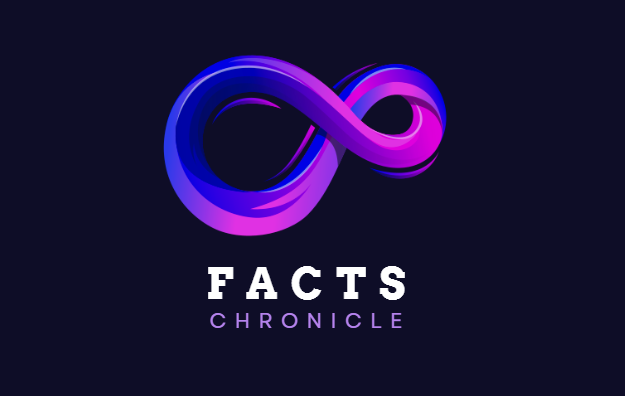The high-end Radeon from the Polaris 20 series now known as Ellesmere architecture is in the market for more than a year now. The Radeon RX 570 and RX 580 are one of those Graphics cards that can compete with much expensive GTX 1060. These cards have proved their mark in the past, but the MSI enhanced version of these cards has been delayed for a long time, two days back MSI finally announced the MECH2 factory Overclocked Graphics cards.
These Graphics cards will soon be in the market for you to grab. MSI Graphics cards are known to have a flashy Red look, and these cards are no exception. Since the overall prices of Graphics cards are going down, you can expect these cards to be cheaper too. Let’s get into further details and see how are these different to the RX 570s and RX 580s present in the market.

Architecture
The new graphics cards are based on the same Polaris 20 architecture, but some minor differences will not be black and white, but they have significant performance advantages. The RX 580 is based on Polaris 20 XTX that has a total of 36 Compute units that are a cluster of 64 shader cores which makes the total count of shader cores to be 2,304. While the RX 570 is based on Polaris 20 pro which too has 36 CUs but 4 of them are disabled, and the remaining have the same 64 shader cores structures which makes it 2,048 cores. Both PCBs are fabbed at Samsung and Global foundries using FinFET’s 14nm+ process which was the densest technology found at the time.
TMUs are the same as always with every AMD chip there are four Texture units with every Compute unit which makes 144 Texture units and 128 for the RX 570 since 4 of the CUs are disabled. These shaders cores are portioned into 32 ROPs (Rendering output units) for both cards. The memory they share is the Micron’s GDDR5 module with a 256-bit interface.

Specifications
The difference between stock cards and these MSI enhanced cards is the increases boost clock speeds which produce more performance and also helps in gaining more advantages during overclocking. The RX 580’s 2,304 shader processors are now maxed at 1340MHz while the RX 570’s 2,048 cores have a maximum clock speed of 1,244Mhz.
Nothing’s changed other than the clock speeds; you will find the same FreeSync technology enabled which will help in making your gameplay smoother.
The VRAM does not come in 4GB and 8GB sizes for these cards instead they have only 8GB of video memory option which is clocked at 8Gbps while the memory bandwidth is 256GB/s for 580 and 211GB/s for 570. The total power draw is also higher in RX 580 at 185Watts while for RX 570 it is only 150Watts. Both require a 6-pin power connector to work.

Performance
Specifications can be deceiving the only thing that can prove what the Chip is capable of is actual performance. We know that the stock version of these cards is capable of delivering topnotch performance in 1080p and 1440p gaming, but we have to what these enhanced versions are capable of doing.
The Rise of Tomb Raider is one of the most demanding open world action-adventure games; both these cards deliver framerates regularly above 60 at 1080p very high-quality mode with Pure hair Normal turned on. The performance almost similar to what we got from the stock version of RX 580 but the MECH2 RX 570 was slightly ahead with a difference of 2 frames per second. While at 1440p resolution none of them could hit the 60FPS mark the RX 580 got the highest framerate of 56 which was again similar to the Stock version of the card.

Another demanding stealth based game that has dense streets even though it is not an open world but high definition textures tax any Graphics card that one can find. At 1080p high settings both perform reasonably well with frames above 70 for RX 580 and 65 for RX 570. Most importantly again what you get from the stock versions. The story is similar in 1440p resolution too. Lastly, we tested the most demanding open world game The Witcher 3 and the performance was slightly better than the stock versions mainly because of the heavy optimizations of the game.
Conclusion
The Conclusion here is simple, these cards do outperform the stock version of the cards at some games, but the difference is too low to be seen with the naked eye. MSI has done a better job with cooling these cards while making the fans idle at the same time. If you are looking for one of these cards than they could be a good choice for 1080p and even 1440p gaming if you don’t mind playing on fewer framerates. The price is the same throughout, so it is recommended if you find a version slightly cheaper go for that as the performance difference is negligible.
RELATED: Best graphics cards for gaming in 2018MSI


